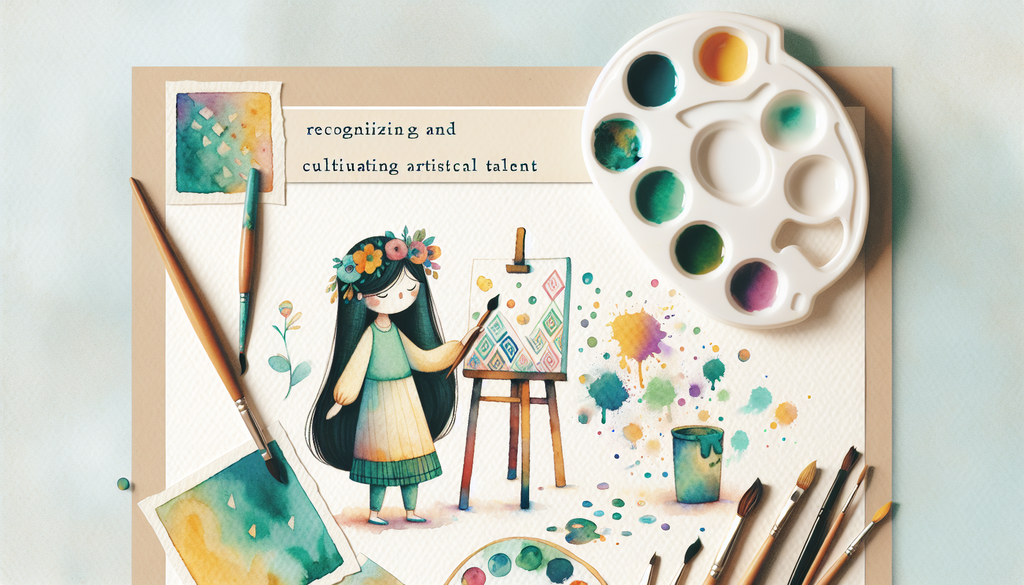Recognizing and Cultivating Artistic Talent in Young Children

Children are naturally curious and imaginative, making their early years an ideal time to explore and cultivate any latent artistic talents. As a parent, you have the power to foster a positive environment where your child’s creativity can flourish. This isn’t only beneficial for potentially gifted young artists, but also contributes to overall child development, enhancing motor skills, cognitive abilities, and emotional expression.
Looking for Indicators of Artistic Talent
Recognizing artistic talent in young children may not always be straightforward. Unlike standardized tests in academics, artistic talent is often subjective and can manifest in various forms. Here are some early signs that your child may have a knack for the arts:
- Advanced Fine Motor Skills: Art, in its many forms, requires coordination and dexterity. If your child shows advanced fine motor skills for their age, it could be an indication of potential in artistic pursuits.
- Highly Detailed Drawings: Young children with exceptional drawing abilities often draw more detailed and accurate pictures than their peers. They might demonstrate an understanding of perspective, scale, and composition beyond their age level.
- Fascination with Visual Arts: An early fascination with arts, such as a love for sketching, painting, or creating sculptures, can be a sign of natural artistic talent.
- Interest in Colors and Textures: If your child demonstrates an unusual interest in colors, shapes, or textures, it could indicate a keen eye for artistic elements.
Remember that every child is unique, and these signs can vary. When in doubt, consult with an art educator or child development specialist.
Cultivating Your Child’s Artistic Talent
Now that you’ve identified your child’s potential, here’s how you can nurture their artistic abilities:
-
Encouragement: Always encourage your child’s creative efforts, even if they don’t result in perfect artwork. This helps build their confidence and motivates them to push their creative boundaries.
-
Exposure: Expose your child to various forms of art. This could involve visiting art museums, art classes, books about artworks or artists, or experimenting with different art mediums at home. For example, drawing, painting, sculpting, or even digital art.
-
Mentoring: Consider finding a mentor for your child in the art community. This could be an art teacher, a local artist, or even a gifted student who is older than your child.
-
Art Education: Enroll your child in art classes suitable for their age and artistic abilities. Art education will not only enhance their skills but also expose them to historical and theoretical art knowledge.
-
Create an Art-Friendly Home: Make art supplies readily available and dedicate a space at home where your child can freely create art.
Above all, never rush the process. Artistic development requires time and patience, allowing your child to explore at their own pace is key to fostering a healthy relationship with art.
These guidelines will not only help with artistic development but will also prove beneficial for overall cognition and emotional growth. Using art to enhance academic skills for children has been previously discussed on our blog.
For gifted children, exploring their artistic side can serve as a creative outlet. Retaining the balance between academic responsibilities and artistic hobbies is also crucial. We’ve previously touched upon time management techniques for gifted children on our blog.
Art also serves as a language of communication for children who might face challenges with conventional modes of communication, such as non-verbal children or children on the Autism spectrum. Check out our post on communicating with non-verbal children and our feature on creative outlets for children with Autism for more insights on the topic.
In conclusion, nurturing your child’s artistry activates their ability to imagine, create, and appreciate the world in a different lens. It fosters creativity, confidence, and cognitive abilities, making it an essential aspect of their holistic development.